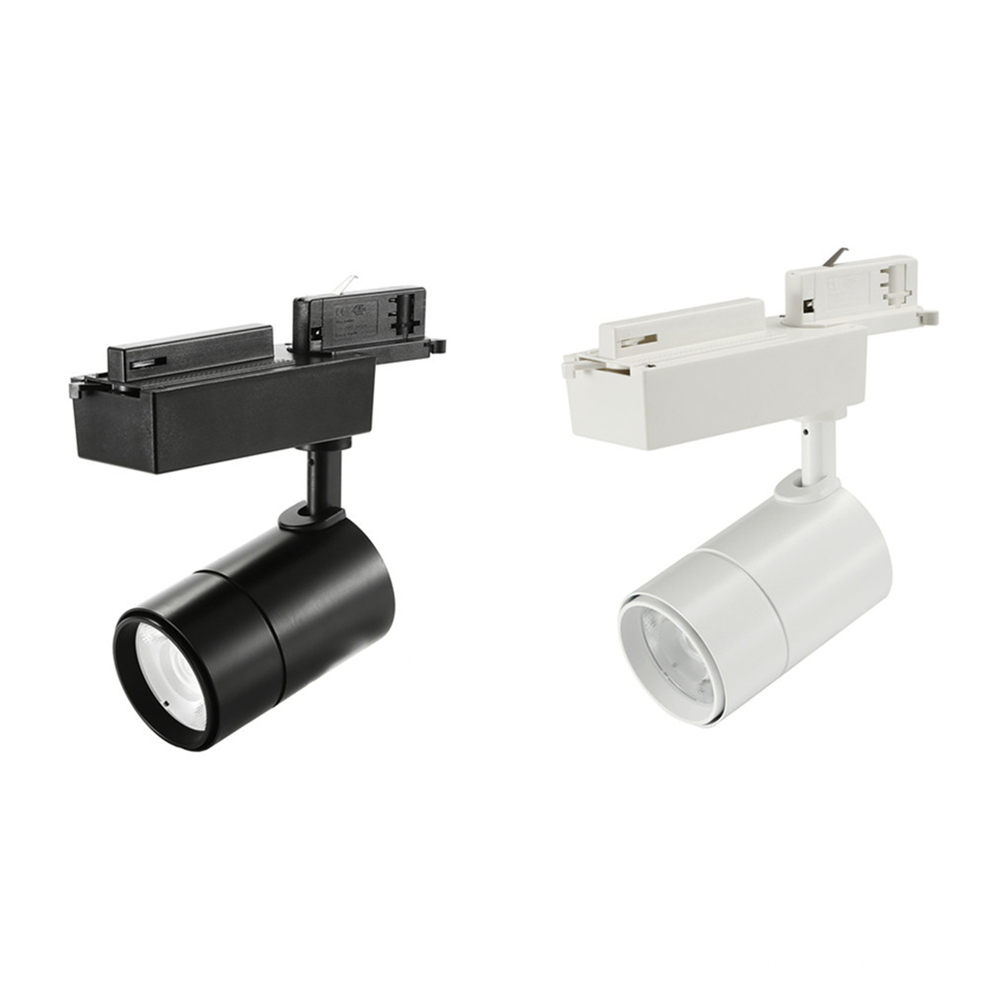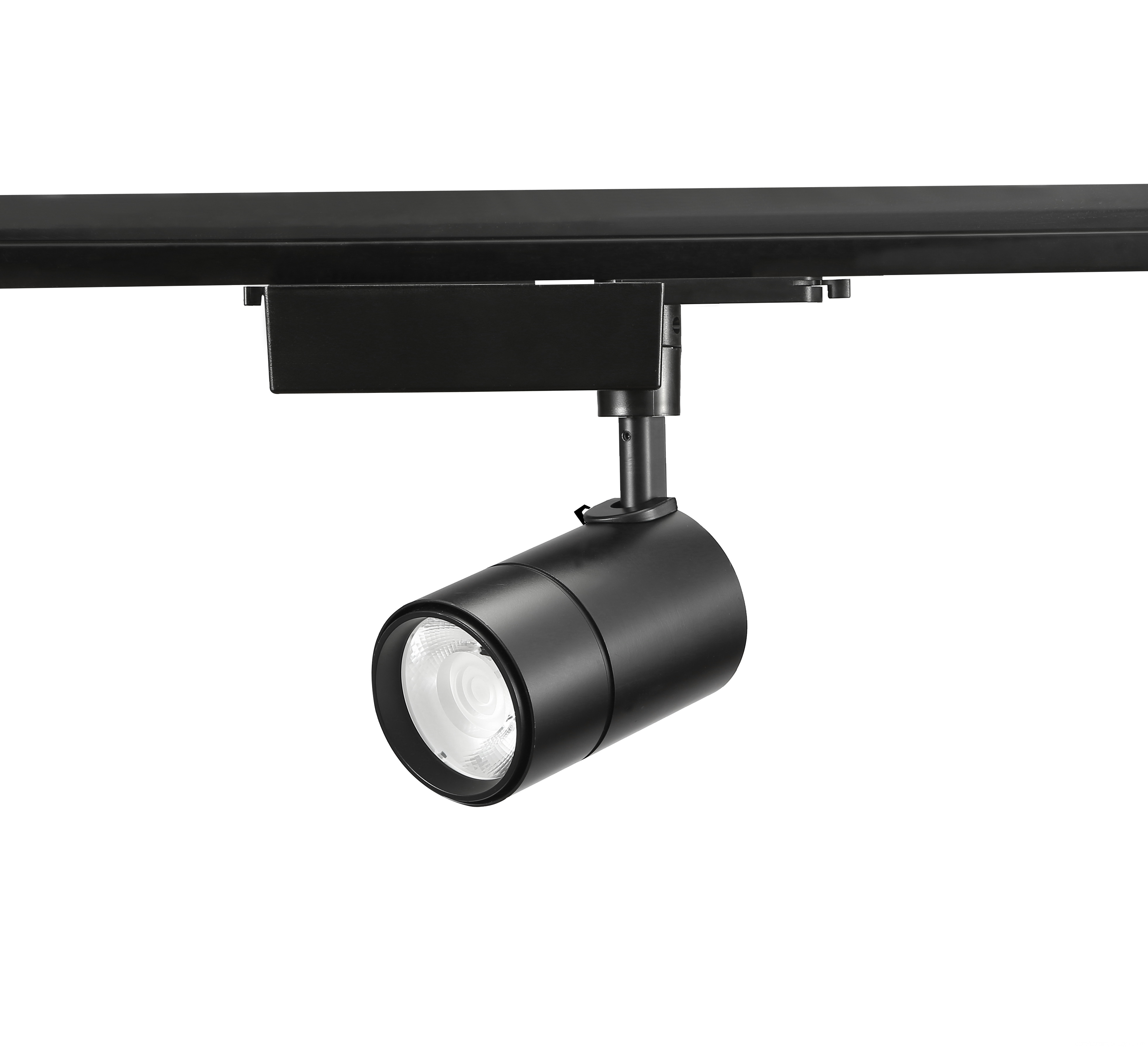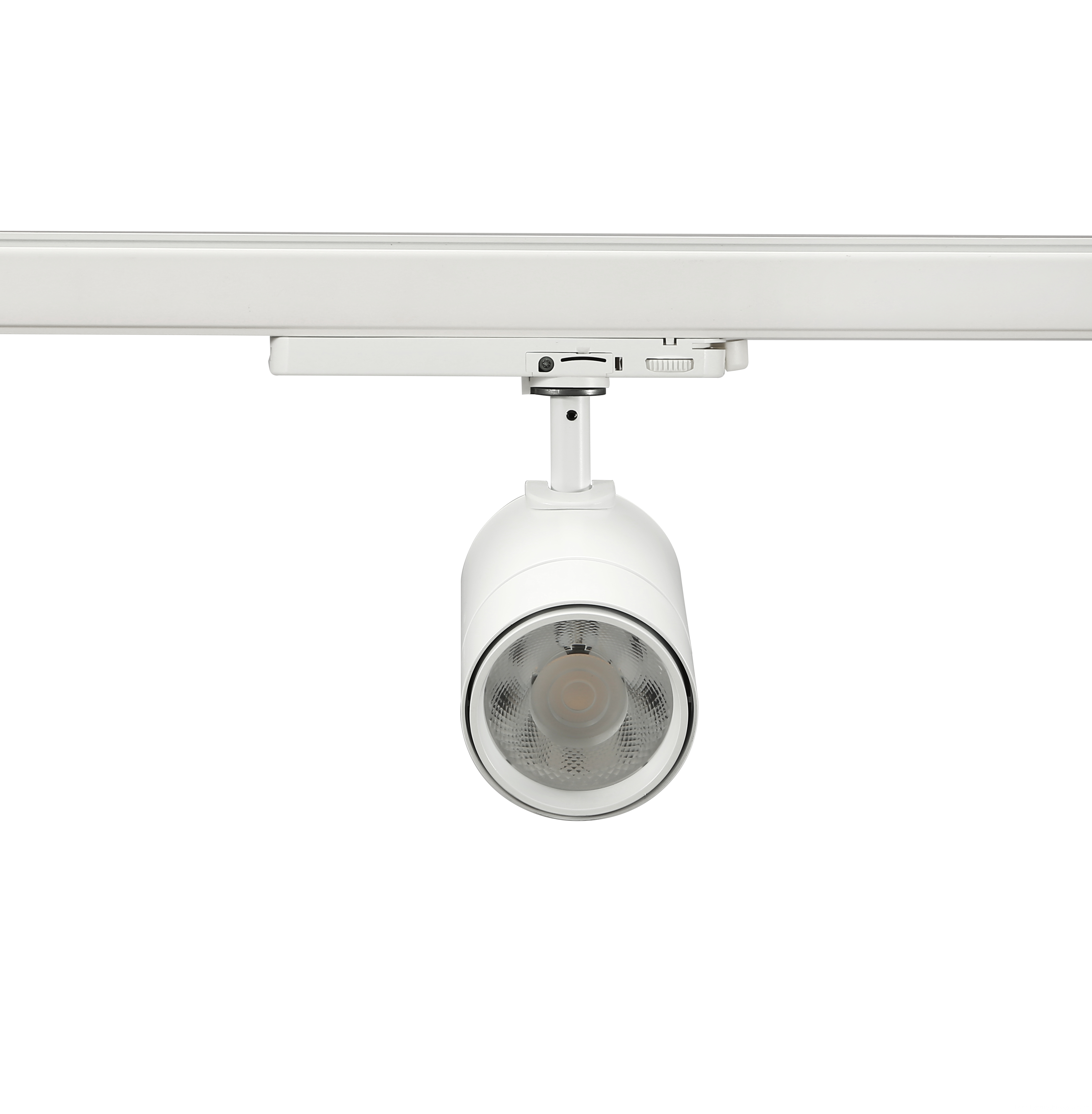From the application field, lighting covers different categories such as residential lighting, industrial lighting, street lighting and restaurant, retail and service lighting. In terms of power level, in addition to low-power lighting, high-power area lighting, typical applications such as column lights, wall washers, exterior wall lights, tunnel lighting, street lights, parking lots and public safety lighting, industrial and retail lighting, etc. Outdoor lighting, as well as indoor lighting such as low ceiling lights, high ceiling lights, freezers/refrigerators and parking garages.
There are many challenges in high-power area lighting, such as the possibility that the luminaire may be difficult to access, the safety problem may occur when the light source fails, and there are many extreme environmental conditions in the outdoor. In addition, it should not be overlooked that existing light sources (such as metal halide lamps, high pressure sodium lamps, linear fluorescent lamps, and compact fluorescent lamps) used in high-power area lighting have many limitations, such as poor color rendering of high-pressure sodium lamps (CRI is about 22), the typical luminaire loss of metal halide lamps is higher (40%) and the time from start to illuminate to full brightness may be as long as 10 minutes, the cold temperature performance of linear fluorescent lamps is poor, and the starting speed of compact fluorescent lamps is also higher. SLOW.
On the other hand, with the continuous improvement of high-brightness white light-emitting diodes (LEDs) in terms of performance and cost, they are increasingly used for high-power area lighting, and provide advantages that traditional light sources do not have, such as emitting light per lumen. It consumes less power, has better direction control, better color quality, is environmentally friendly, and can be more easily controlled by turning it on and off, allowing automatic detection of ambient light to change brightness; in addition, LED reliability is better, which is beneficial to the LED. Reduce maintenance costs and total cost of ownership.
First, LED area lighting application requirements
The main function of the LED driver is to flow at a lower limit of various conditions and to protect the LED from surges and other fault conditions, as well as to provide a level of safety against vibration and ignition (electrical and/or mechanical). For regional lighting applications, outdoor environments present temperature challenges to LED drivers and may require AC input voltages higher than the standard voltage of 277 Vac, 347 Vac, or even 480 Vac.
LED drivers for regional lighting applications may also need to meet certain specifications for power factor or harmonic content. For example, the European Union's International Electrotechnical Union (IEC) IEC61000-3-2 standard requires harmonic content of lighting equipment (class C) with a power exceeding 25 W, equivalent to a total harmonic distortion (THD) of less than 35%; However, compliance with IEC61000-3-2 Class C harmonic content requirements does not necessarily mean that the power factor (PF) is higher than 0.9. In some markets (such as the US), PF is generally required to be above 0.9 and THD is below 20%.
Many regional lighting applications are outdoors and may withstand a variety of stringent temperature conditions, which can affect overall service life. While the overall system design has a significant impact on service life, it is important to use an energy-efficient LED driver with less internal heat generation and lower losses, and to thermally isolate the driver from the LED heat source in the design to enhance system reliability.
The control of LED lighting can also become more intelligent. Traditional street lights come from the main control with a timer or ambient light sensor. The use of power line communication (PLC) or wireless control technology can provide highly flexible LED area lighting control, such as time-based light output level centralized control, vehicle flow sensor based illumination level control, and control based on detection of people and vehicle activity. Downtown lighting, taking care of walking cars and street lighting. LED intelligent control technology saves energy and does not compromise safety. Typical applications include smart dual-brightness lighting, such as parks, gas station ceilings, parking lots, stairs, and refrigerator cabinet lighting that support lighting levels that adjust brightness levels as needed. LEDs can be turned on and off instantly, allowing for easy adjustment of lighting levels based on motion or activity in these applications, such as providing 20%-40% brightness levels when no activity is detected and 100% when activity is detected Brightness lighting. This will save a lot of extra power consumption.
Second, LED area lighting power supply architecture and typical LED driver solution
1) Distributed/modular solutions for applications such as linear lamps and trunking lamps
In the high-power LED area lighting application, a common power supply architecture is a three-stage architecture of "power factor correction (PFC) + constant voltage (CV) + constant current (CC)". In this architecture, the AC input power supply is subjected to power factor correction and isolated DC-DC conversion, and outputs a fixed voltage of 24 to 80 Vdc, which is supplied to the constant current LED of the built-in DC-DC buck converter circuit. Module (see Figure 2). The design of this architecture provides a modular approach to field upgrades that can flexibly change the number of LED strips as needed to increase or decrease the light output to meet specific area lighting application requirements. In this architecture, AC-DC conversion and LED driver circuits are not integrated, but distributed configuration, which simplifies security considerations and enhances system flexibility. It is also called distributed solution, typical application. Including linear lights and trunking lights.
Figure 1 Schematic diagram of a typical modular LED area lighting power supply architecture
25W LED Track Lights,
Light Source: COB Bridgelux or Luminus.
25W LED Track Lights with international single phase, 2 phase, 3 phase track connector.
CCT: warm white, pure white, cool white are available.
Function: Non-dimmable, dimmable and CCT changeable are available.
Types: DALI system, 0-10V systerm, Dial Switch, guide rail with power supply are available.
Beam Angle: High reflectance diffuser (Lens+Reflector) with 12° / 24°/ 36° for choice.
Dimension of 25W Led Track Lights: Φ80mm, 63*211*190mm
Finished Color: Matt White / Black / Silver etc.
High luminance flux: 1960lm
High CRI: >90Ra
Input voltage: AC110/220V 50/60Hz
Certification: CE RoHS



25W LED Track Lights
25W Dimmable LED Track Light, 25W Mini LED Track Lighting, 25W Commercial LED Track Light, 25W Color Changing LED Track Light
SHENZHEN KEHEI LIGHTING TECHNOLOGY CO.LTD , https://www.keheiled.com